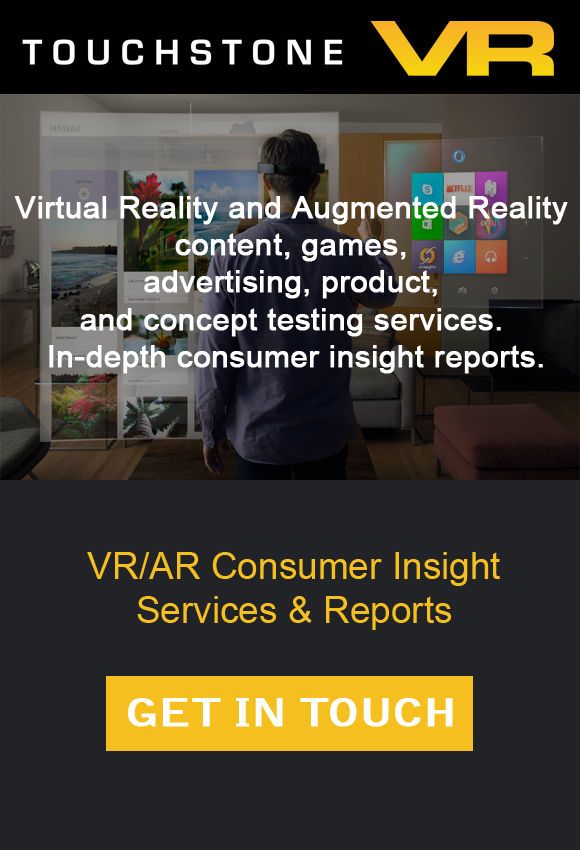
360 video are a new feature that more and more companies are beginning to implement. While similar to Virtual Reality, there are still many key differences which set the two technologies apart. 360 videos allow users to view an experience in a 360 degree environment; and though its immersive, users are not able to move around within the 360 environment like…







